→ Database + App
→ Skills Regulation
→ Conservation
→ Collaboration
→ Education
→ Database + App
→ Skills Regulation
→ Conservation
→ Collaboration
→ Education
→ Database + App
→ Skills Regulation
→ Conservation
→ Collaboration
→ Education
→ Database + App
→ Skills Regulation
→ Conservation
→ Collaboration
→ Education
OUR PLAN
We aim to establish an open channel of communication among all relevant stakeholders, facilitating the pooling of resources and exchange of information through various channels.
management plans
Under professional consultation, EPAAW will tackle devising and implementing effective management plans for Australian animals and wildlife in scenarios such as bushfires, controlled burns, property developments and wildlife relocation, and local road animal collision hot spots.
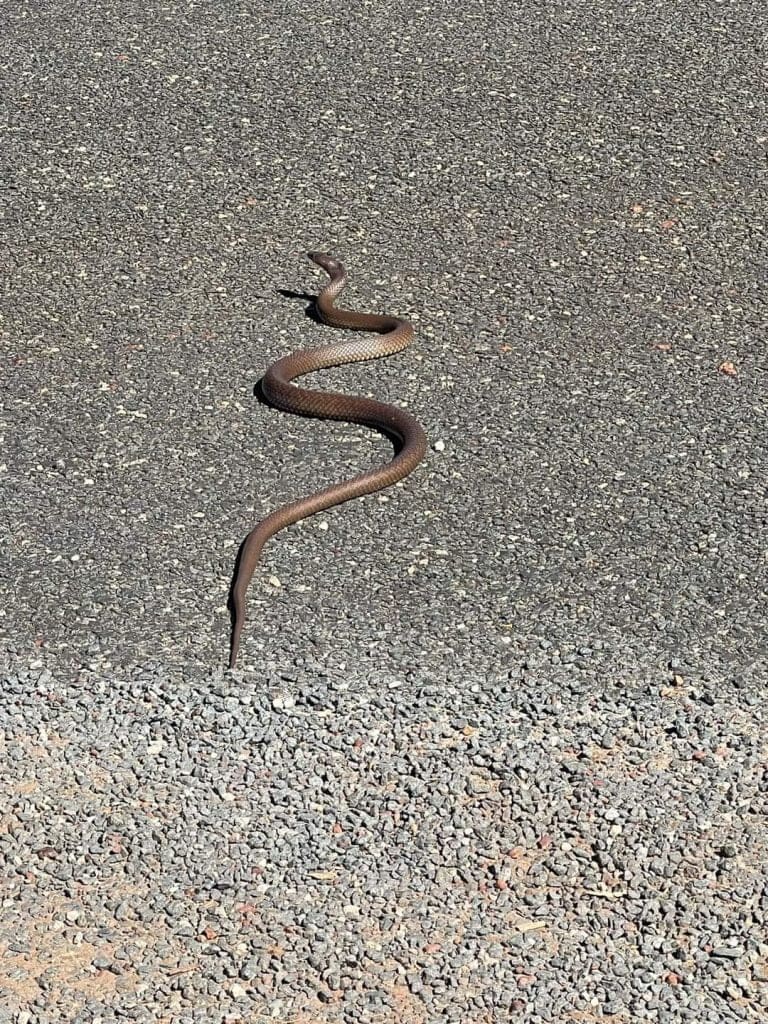
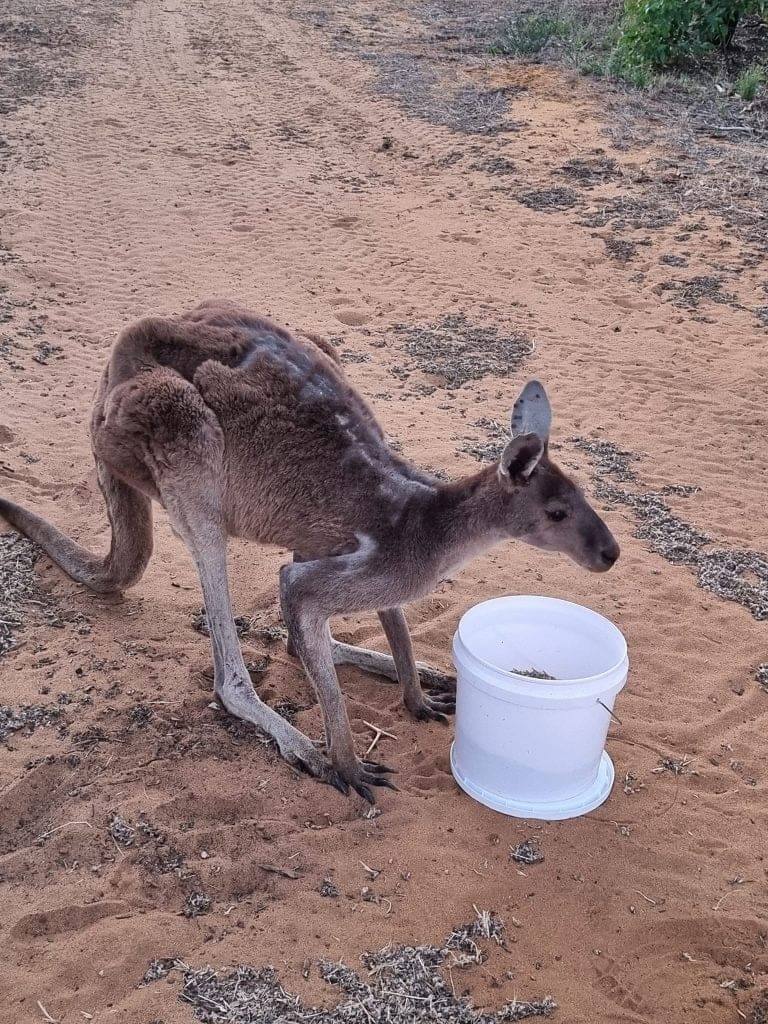
DATABASE + APP
Our goal is to develop and administer a comprehensive database and App (accessible by all concerned bodies) that amongst other things:
- tracks wildlife/vehicle collision incidents – highlighting ‘black spots’ (via use of an App that the public can use) where local rangers can intervene if necessary to clear the hazard. Also, recommendations for wildlife corridor solutions can be made to the appropriate authorities – mitigating the ‘black spot’ threat.
- regulates the compulsory registration of all animal carers and care facilities so they can be monitored/inspected and helped to ensure an industry standard is maintained
- creates a list of volunteer veterinarians with their contact details who can be contacted by carers for advice/assistance (via use of an App)
- allows access by animal carers to other carers and experts for advice and information sharing (via use of an App)
- implement and update a database of all wildlife brought into care, including microchipping all animals for easier tracking once released and for enabling their medical history, geographical home locations and other important information be logged and accessed through microchip scanners. This will provide a national medical history for each animal that can be used by any other carer organisation.
- a means for individuals to anonymously lodge complaints or concerns regarding animal carers or care facilities for further action.
- Work with other government organisations, wildlife and animal carer groups and universities to conduct studies and research into releasing and tracking rehabilitated wildlife, to ensure the programs are successful and adaptable.
SKILLS REGULATION
EPAAW hopes to become a facility that devises and conducts training programmes, for example:
- work with Government and NGO’s to determine potential training programmes to undertake
- administer accredited relevant training courses for animal carers and volunteers so they can better succeed in their animal care undertakings
- oversee the creation of localised Emergency Animal Response Units, (animal Ambulances) and supply the teams with the necessary skills and equipment to undertake animal rescues
- appropriately train animal inspectors so they can attend on-site inspections, offer help, lodge reports and monitor as needed. This will allow EPAAW to intervene with animal welfare and care organisations that need assistance before a regulatory body is required to intervene with a more heavy-handed approach.
- Train up teams of qualified “Black Walkers” who will be called in to search bush fire areas for injured or displaced wildlife to ensure that post bush fire injuries and death are kept to a minimum. These teams will manage the black zone area for a period of time after a major bush fire destroys native bushlands to provide ongoing care and advise to DFES and Local Governments.
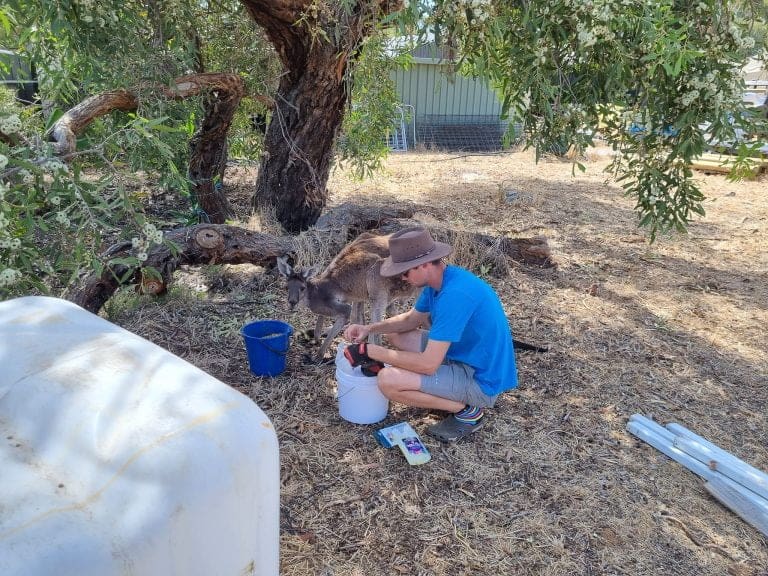
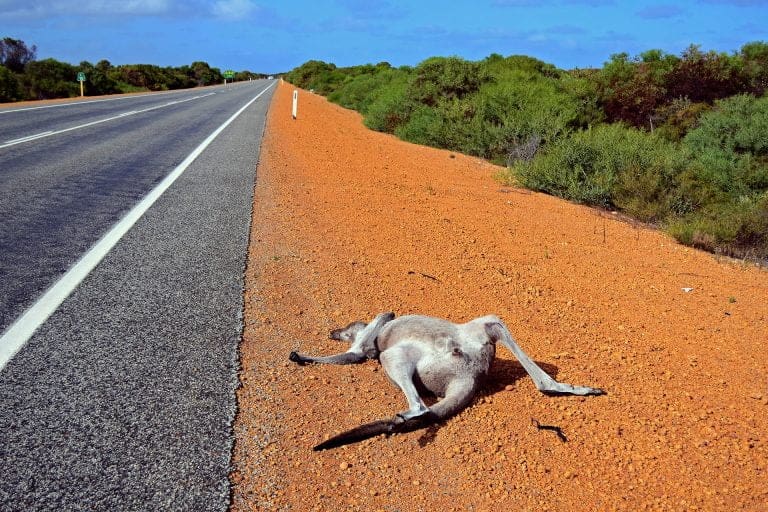
CONSERVATION
EPAAW hopes to work closely with the country’s leading conservation organisations and universities:
- by sharing access to our vast database of information for analytical/statistical use in any environmental studies deemed appropriate
- being available as a potential facility for student volunteer work (such as database related administration etc), wildlife rescues and animal husbandry and care.
- collaborate in the identifying of potential species that are at risk and co-developing an action plan to conserve the species and its habitat
COLLABORATION
EPAAW plans to create an avenue of collaboration between all parties concerned in the field of animal protection and conservation:
- by encouraging open communication via the instigation of regular meetings between all parties, through their designated representatives
- encouraging the sharing of data across the board so all parties may benefit from it
- creating taskforce teams with members from all sectors to focus on specific problems, with the end goal of expediting a solution to a known problem
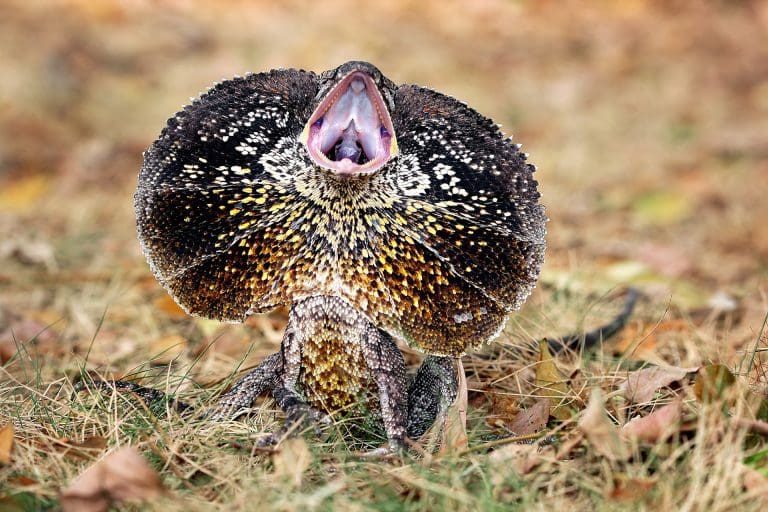
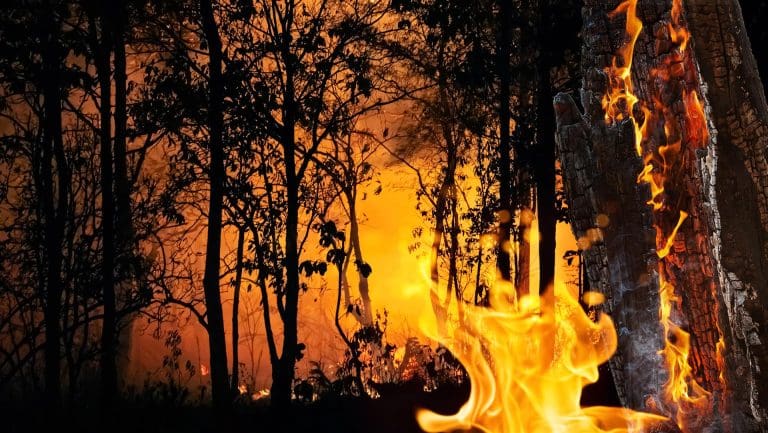
EDUCATION
EPAAW intends to help increase public awareness around protecting Australia’s animals and wildlife by:
- developing educational material that engages primary school children and helps them to learn about animal conservation
- visiting schools and presenting captivating talks, such as the plight of our animals and the encroachment of man on their habitat etc
- having display stands at public events like the Perth Royal Show and Newdegate Field Day, showcasing our cause and raising public awareness
- Inviting school and other educational groups to our organisations partner wildlife sanctuaries and animal carer groups to demonstrate the care and compassion required to treat injured, displaced, or neglected wildlife and animals.
- Provide ongoing workshops to local governments, WALGA, DFES and Emergency services on how to best manage wildlife and animal welfare disasters to minimise the impact of displacement, injury, or death.
- Provide ongoing training to other carer individuals and organisations, to ensure they remain voluntarily compliant with the animal welfare act, and the wildlife rehabilitators code of practice. This will result in better information flow and the overall welfare of the animals in care.